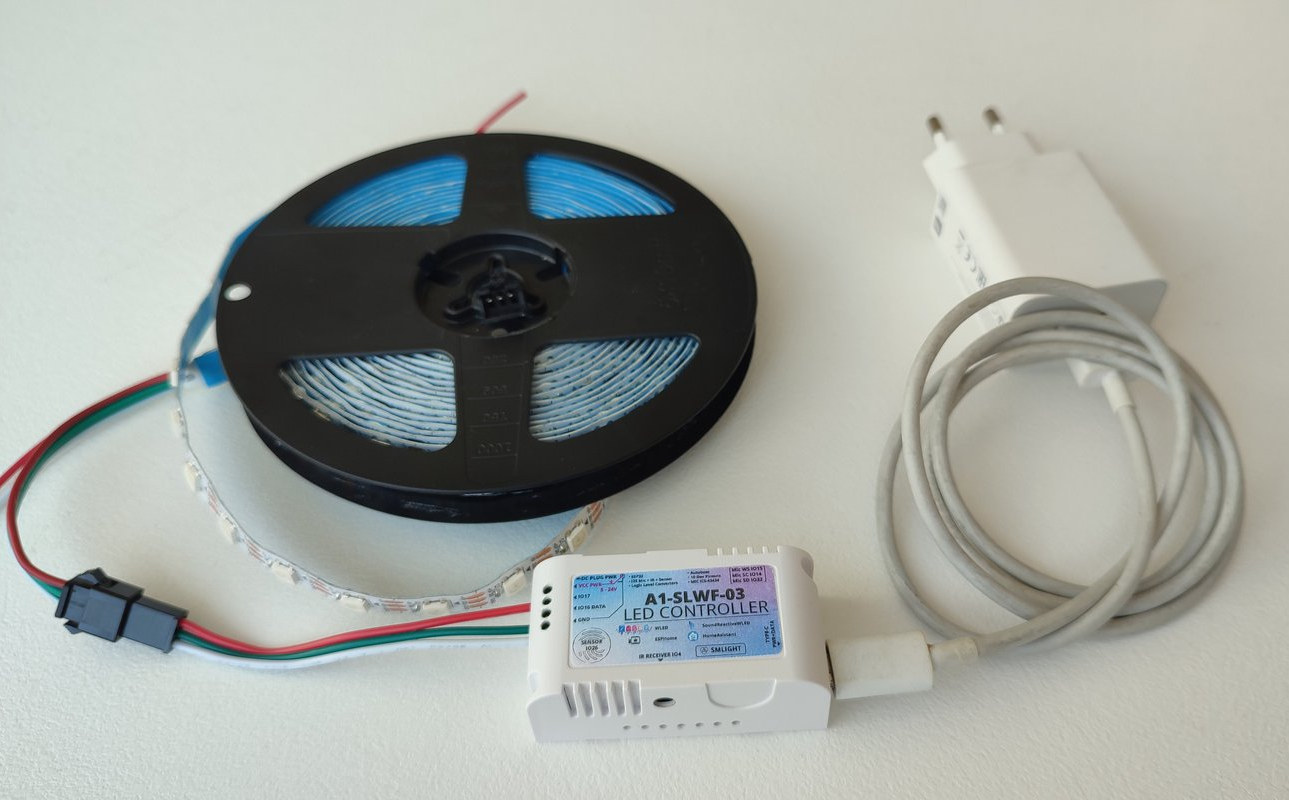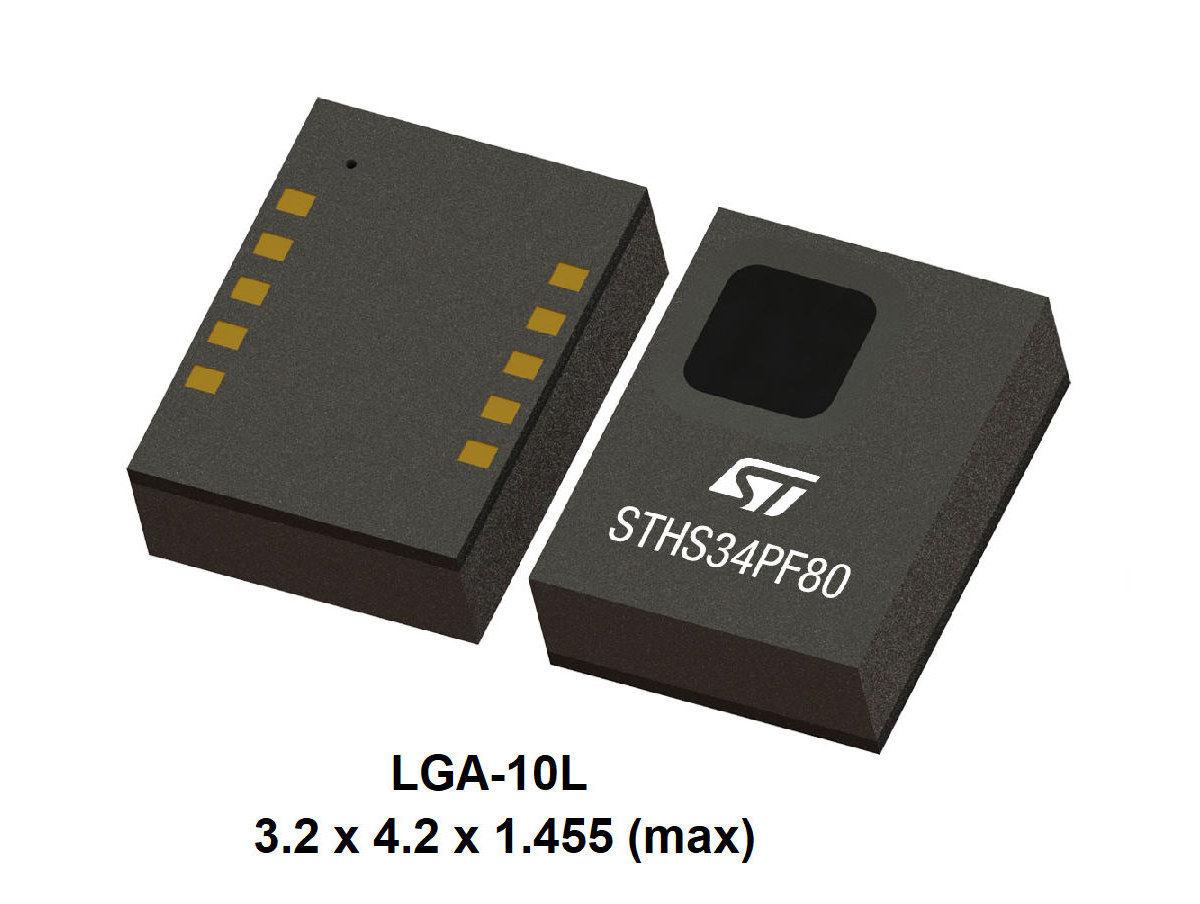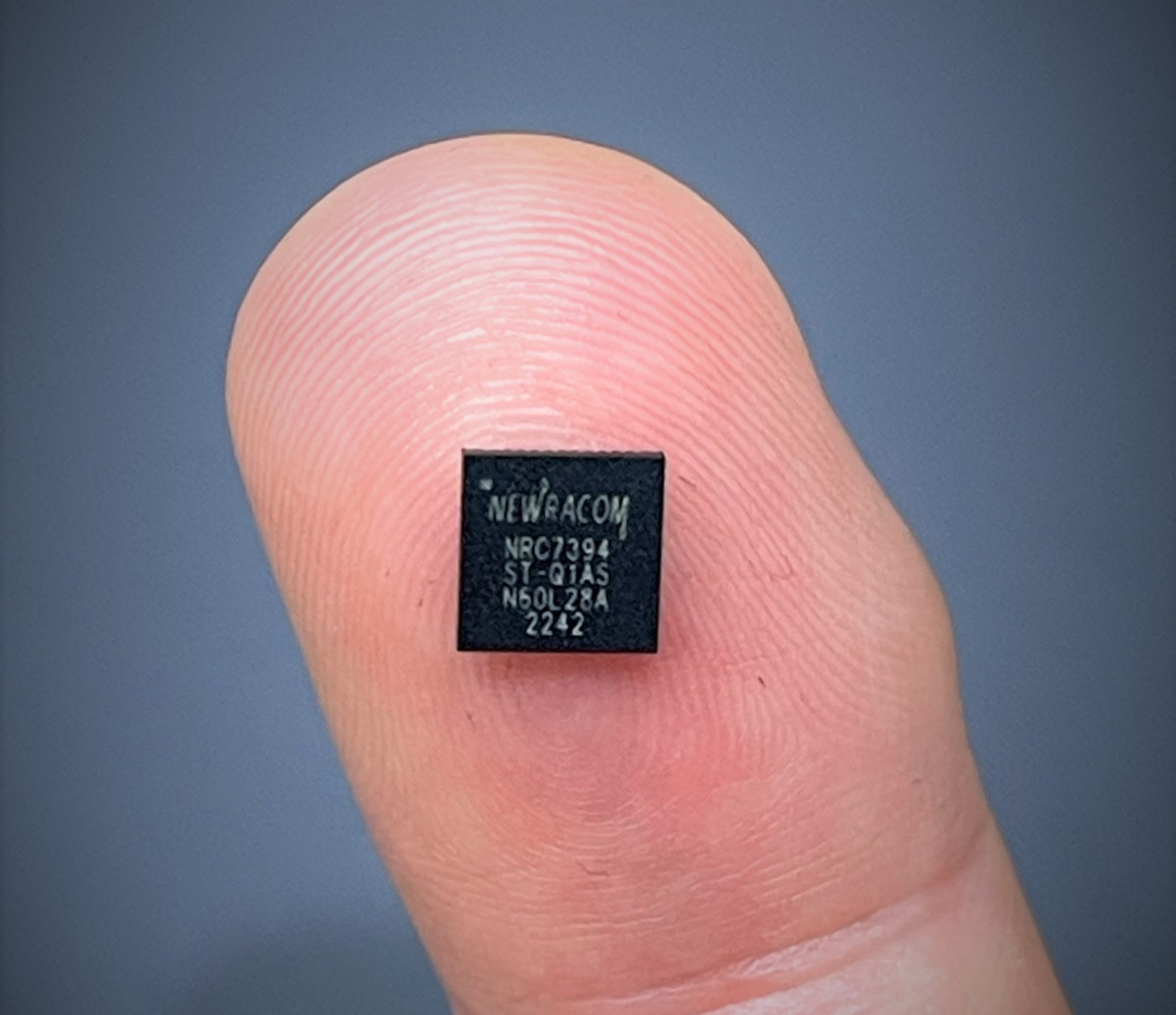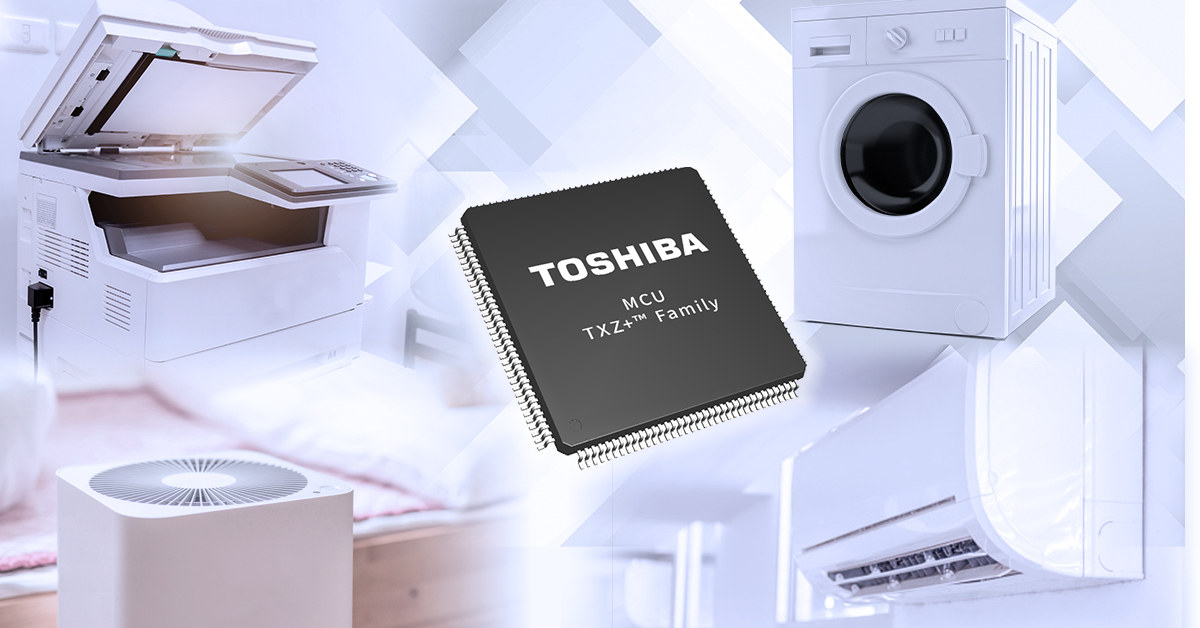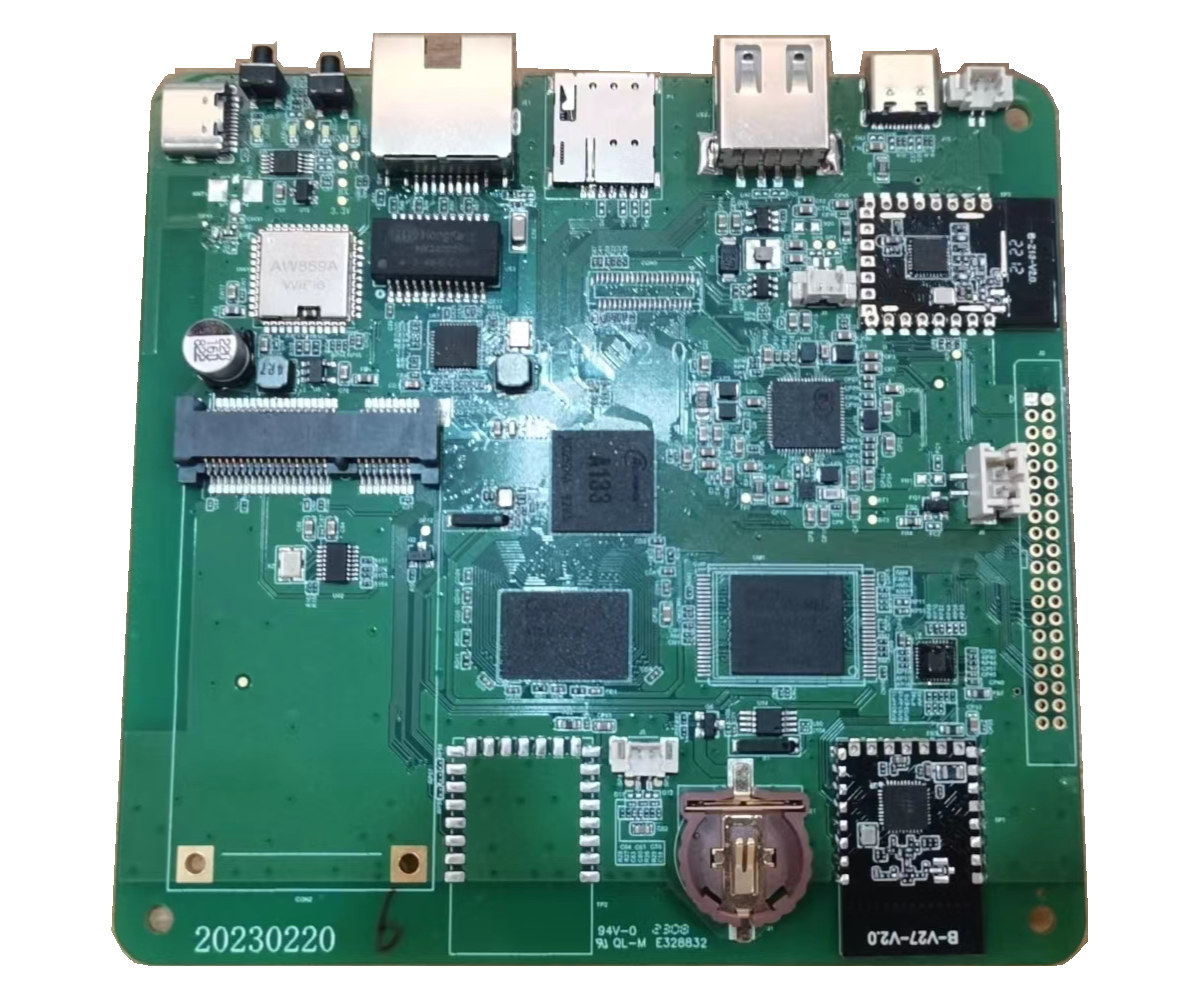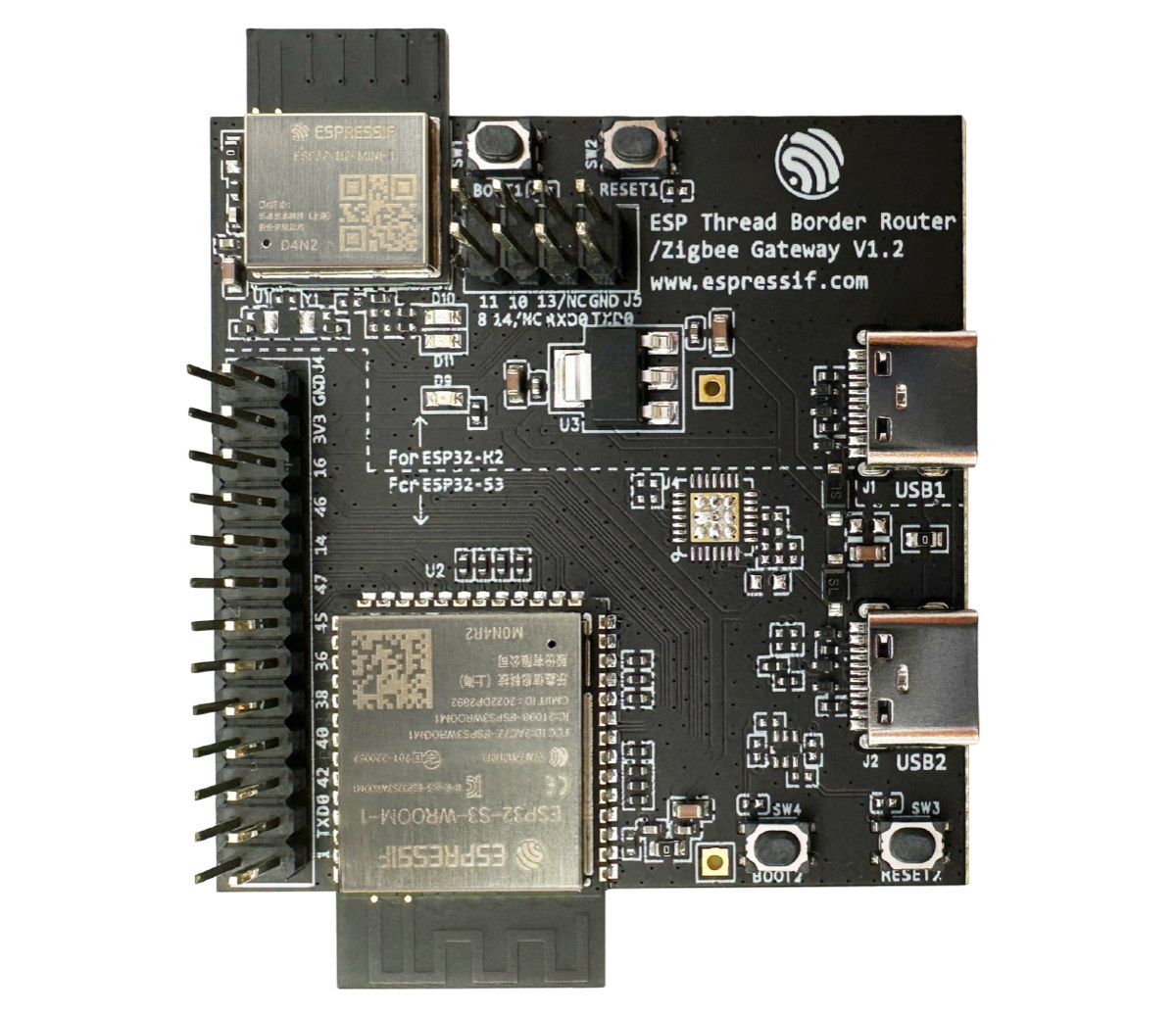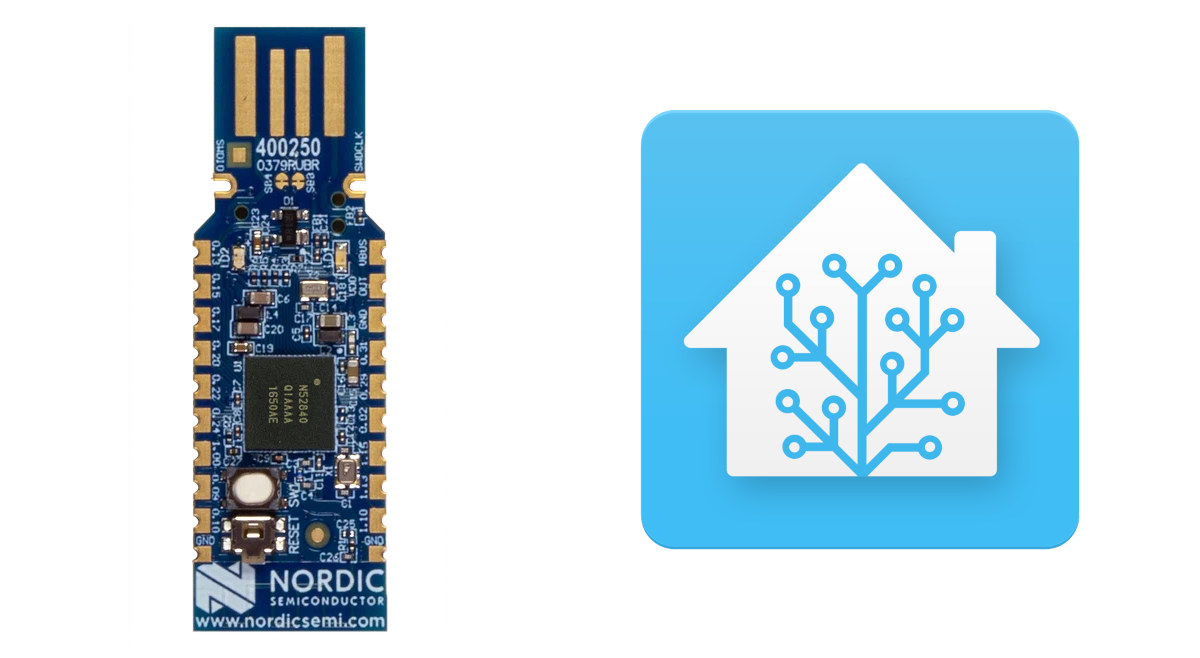SMLIGHT A1-SLWF-03 is a Home Assistant-compatible addressable RGB LED strip controller based on an ESP32 WiFi and Bluetooth microcontroller that supports 5V to 24V LED strips. The unit is equipped with a built-in digital microphone used by the Sound Reactive WLED firmware to make the RGB LED strip follow the rhythm and tempo of the music, an IR receiver, and a sensor button. SMLIGHT A1-SLWF-03 specifications: SoC – ESP32 dual-core microcontroller with WiFi 4, Bluetooth 4.2/5.x, and 16Mbit flash 4-pole terminal block for RGB LED strips Supported strips – WS2812B, WS2811, WS2813, WS2815, APA102, LPD8806, WS2801, SK9822. Voltage Range – 5-24V DC Up to 2,000 LEDs are supported at 35 fps with two outputs or 3,000 LEDs at 25 fps with two outputs (about 33 to 50-meter LED strips with 60x LEDs per meter) Multiple A1-SPWF-03 controllers can be synced together for controlling even more LED strips. USB – 1x […]
STMicro STHS34PF80 IR sensor for motion and presence detection aims to replace PIR sensors
STMicro STHS34PF80 is a new IR sensor designed for IoT and Smart Home devices requiring motion and/or presence detection that offers an alternative to traditional passive infrared (PIR) sensors and is mostly useful for building automation. The latest IR sensor from STMicro contains thermal transistors (MOSFETs) that can not only detect motion but also stationary objects, something that’s not feasible with conventional PIR detectors that require motion for object detection. The company further adds that PIR sensors need a Fresnel lens to sense moving objects, but the STHS34PF80 detector does not require a lens and as a result, enables much smaller designs. STHS34PF80 key features and specifications: Range up to 4 meters without lens for objects measuring 70 x 25 cm² Integrated silicon IR filter IR sensitivity – 2000 LSB/°C RMS noise – 25 LSBrms Operating wavelength – 5 µm to 20 µm Local temperature sensor accuracy – ±0.3 °C […]
FCC and NIST unveils the Cyber Trust Mark, a voluntary US IoT security label
Representatives of the Federal Communications Commission (FCC) and the National Institute of Standards and Technology (NIST) have recently unveiled a U.S. national IoT security label at the White House called the “U.S. Cyber Trust Mark” to inform consumers about the security, safety, and privacy of a specific IoT and Smart Home device. IoT security has been a problem for years with routers shipping with telnet enabled with default usernames and passwords, vulnerabilities in SDKs, unencrypted passwords transmitted over the network, millions of devices with older microcontrollers without built-in hardware security features, etc… There have been industry efforts to solve this such as the Arm PSA initiative, as well as regulations to prevent default usernames/passwords in new devices, but nothing about IoT security that can help a consumer find out if a device is supposed to be secure or not. The Cyber Trust Mark is supposed to address this issue. The […]
NEWRACOM NRC7394 WiFi HaLow SoC delivers higher power efficiency and cost-effectiveness
NEWRACOM has just introduced the NRC7394 Wi-Fi HaLow Arm Cortex-M3 SoC with higher power efficiency and lower cost than the previous generation NRC7292 Cortex-M3/M0 HaLow SoC and available in a 6x6mm package. I first wrote about the 802.11ah standard in 2014. Also known as the WiFi HaLow (consumers name), it operates in the 900 MHz band, offers a longer range and lower power consumption for items like IP cameras, and the first products came to market in 2021. I was expecting a flood of new WiFi HaLow devices in 2022 in my year 2021 round-up and it was not exactly a prescient prediction as it never happened. But maybe the new NRC7394 SoC will help make WiFi HaLow devices more popular by lowering the costs and further improving battery life. NEWRACOM NRC7394 key features: CPU – Arm Cortex-M3 core @ 32 MHz for IEEE 802.11ah WLAN and application Connectivity Full […]
Toshiba “MH3 Group (2)” Arm Cortex-M3 MCU supports firmware updates without interrupting operation
Toshiba “MH3 Group (2)” Arm Cortex-M3 microcontrollers come with a 1MB flash memory partitioned into two 512KB partitions to enable firmware updates without interrupting microcontroller operation using an area swap function to rotate to the new firmware seamlessly. The new M3H Group (2) builds upon the M3H Group(1) by expanding the code flash memory up to 1MB, and the RAM capacity from 66KB to 130KB. Both are part of the “TXZ+ Family Advanced Class” manufactured with a 40nm process, and equipped with a 120 MHz Arm Cortex-M3 core as well as various interface and motor control options such as UART, I2C, Advanced Encoder Input Circuit, and Advanced Programmable Motor Control Circuit. Toshiba MH3 Group 2 key features and specifications: CPU core – Arm Cortex-M3 @ 120 MHz with memory protection unit (MPU) Internal oscillator – 10MHz (+/-1%) Internal memory Code flash memory – 512KB to 1024KB (program/erase cycles: up to […]
Zvidar Z-GW-V01 Smart Gateway runs Home Assistant on Allwinner A133 processor
Shenzhen Zvidar Technologies’ Z-GW-V01, also known as the Zvidar Smart Gateway is a single board computer powered by an Allwinner A133 quad-core Cortex-A53 processor and running Ubuntu with the Home Assistant open-source automation framework. The SBC provides Gigabit Ethernet, WiFi 5, and Bluetooth connectivity by default, but also supports plenty of optional wireless modules with Z-Wave, Zigbee, Thread/Matter, LoRa, or 4G LTE connectivity that are either soldered to the board connected by a mini PCIe socket. The board also includes a few USB ports, and it’s apparently possible to connect a 7-inch display and/or audio interfaces if needed. Zvidar Smart Gateway (Z-GW-V01) specifications: SoC – Allwinner A133 quad-core Cortex-A53 processor @ up to 1.6GHz with Imagination PowerVR GE8300 GPU with support for OpenGL ES3.2, Vulkan 1.1, OpenCL 1.2 System Memory – 1GB RAM (option for 512MB, 2GB, or 4GB) Storage – 8GB eMMC flash (option for 4GB, 16GB, or 32GB), […]
Espressif ESP Thread Border Router board combines ESP32-H2 & ESP32-S3 wireless chips
Espressif Systems has launched the ESP Thread Border Router/Zigbee Gateway board based on ESP32-H2 (802.15.4) and ESP32-S3 (WiFi + BLE) modules following the contention of the Thread Interoperability Certificate V1.3 for the board and associated ESP Thread Boarder Router SDK built on top of the ESP-IDF framework and the open-source OpenThread protocol stack. The ESP Thread Border Router supports the protocol functions of the 1.3 Thread standard such as bidirectional IPv6 connectivity, Service Discovery Delegate, Service Registration Server, Multicast Forwarding, NAT64, and more, as well as product-level features such as a Web GUI for device configuration, automatic RCP (Radio Co-Processor) upgrade, RF coexistence, and so on. ESP Thread Border Router/Zigbee Gateway board specifications: Wireless modules ESP32-S3-WROOM-1 wireless module SoC – ESP32-S3 dual-core Tensilica LX7 microcontroller @ 240 MHz with 2.4 GHz 802.11n WiFi 4 and Bluetooth 5.0 LE connectivity Memory – 2MB PSRAM Storage – 4MB SPI flash PCB antenna […]
zigpy-zboss library makes Nordic Semi nRF52840 Zigbee dongles compatible with Home Assistant
zigpy-zboss is a Python library that adds support for Nordic Semiconductor nRF52840 modules to zigpy open-source Python Zigbee stack project, as well as other Network Co-Processor radios that run firmware based on ZBOSS Open Initiative (ZOI). This enables integration with compatible Zigbee gateway implementations such as Home Assistant’s ZHA integration component and allows users to directly control Zigbee devices from a wide range of manufacturers such as IKEA, Philips Hue, SmartSung SmartThings, ITEAD SONOFF, Xiaomi Aqara, and others. Home Assistant’s ZHA integration already worked with Zigbee dongles based on Silicon Labs Mighty Gecko EFR32MG21 or Texas Instruments CC2652P microcontrollers, but now it’s possible to use nRF52840 dongles and development as Zigbee Coordinators thanks to the zigpy-zboss library. The zigpy-zboss ZBOSS radio library for zigpy source code and resources can be found on GitHub, but note that this is still an unofficial and experimental port, so testers need to manually […]


